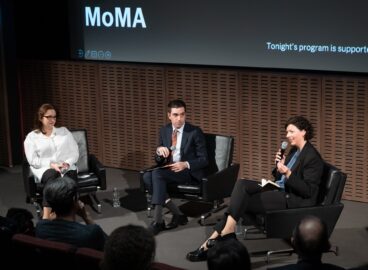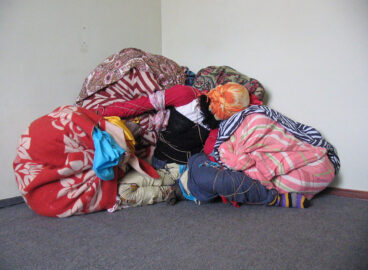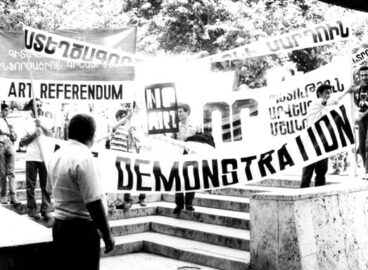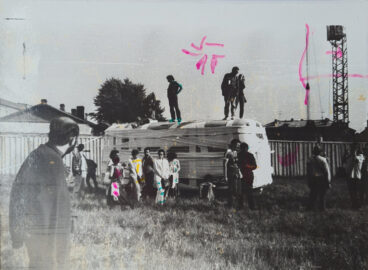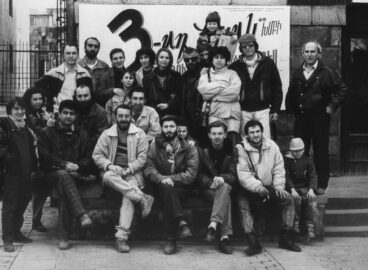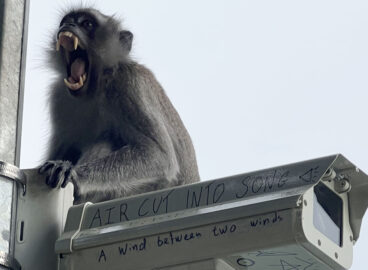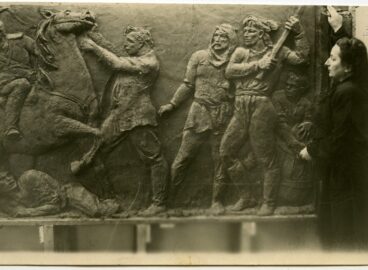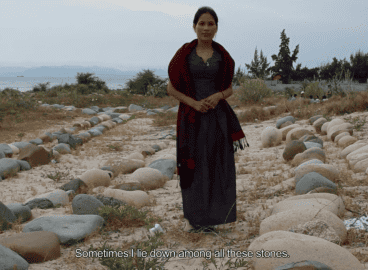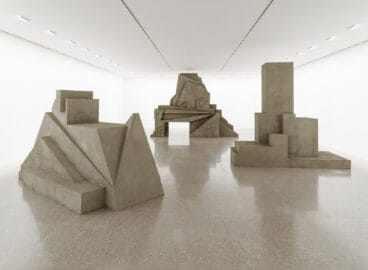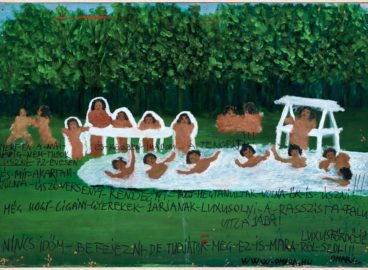Ukrainian Museums in Wartime: Olesia Ostrovska-Liuta and Yuliya Vaganova in conversation with Jason Farago
This conversation, which took place as a collaboration between the International Program and Research Programs at MoMA, featured presentations by the directors of two important art museums in Kyiv on the crises faced by their institutions since the Russian invasion in February 2022. The National Art and Culture Museum Complex Mystetskyi Arsenal (Art Arsenal) is…
